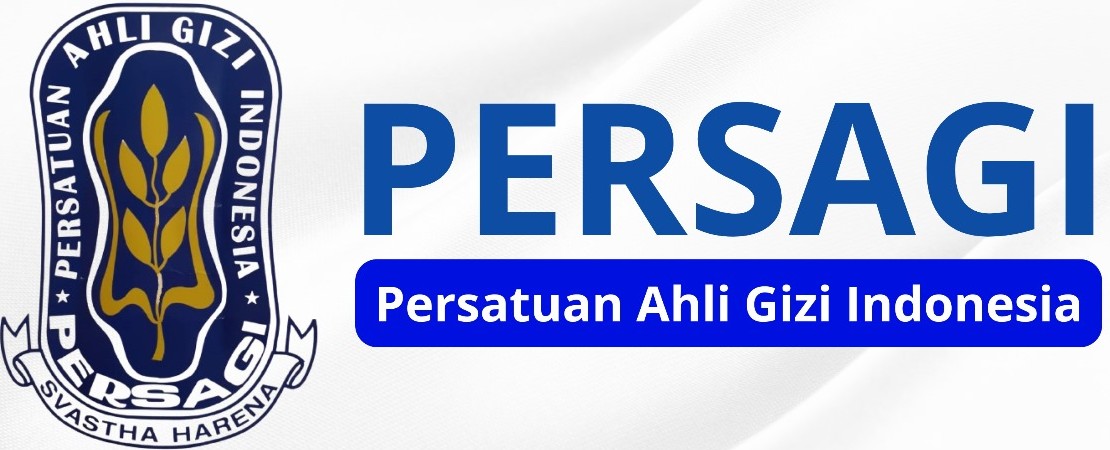Efektifitas pemberian sari kedelai dan formula kedelai terhadap gula darah penderita diabetes mellitus tipe 2
Abstract
Background : Diabetes mellitus is caused by a lack of insulin production in the body or insulin resistance. Soybeans can be used as a functional food to lower blood sugar levels because they have a low glycemic index value, sufficient fiber content, so they can slow down the absorption of food in the body, containing the amino acid arginine which is able to maintain the balance of the insulin hormone. Soybean isoflavones in the form of Genistein and Daidzein are useful for repairing cells, metabolizing glucose and fat, and protecting pancreatic cells.
Methods : This type of research is a quasy experiment with a pre-post design with two treatment groups. The study was conducted from August to October 2020. The data collected were blood sugar levels, energy and carbohydrate intake, glycemic index, obesity status, physical activity and genetics. The research stages were: manufacture of soybean juice functional foods and soy formula. Functional food in the treatment group was given for 14 days. Data analysis used t-test dependent and independent statistical tests with a confidence degree of 95% (α <0.05) and continued with multiple linear regression analysis.
Result : There is an effect of giving soy formula and soybean juice on blood sugar levels of people with Type 2 diabetes. The mean reduction in blood sugar levels in the group given soy formula was 26.30 mg/dl, while the group given soybean juice was 17.96 mg/dl.
Conclution : Soybean formula can reduce blood sugar levels by 8.34 mg / dl greater than soybean juice. Physical activity carried out regularly has a role in reducing blood sugar levels by 33,828 mg / dl. Soybean juice and soy formulas can be used as alternatives to lower blood sugar levels in people with type 2 diabetes.
Keywords
Full Text:
PDFReferences
Yanita, Bella., 2016. Faktor-Faktor yang Berhubungan dengan kejadian Diabetes mellitus Tipe II. Majority, 5 (2). April 2016.
WHO, 2014. WHO Global Status Report on Non Communicable Diseases (NCDs) 2014; “Attaining the nine global noncommunicable diseases targets; a shared responsibility. WHO, Switzerland
IDF, 2011, Diabetic Atlas; http://www.idf.org/diabetesatlas
IDF, 2014. Diabetes Atlas; six edition http//www.idf.org/diabetesatlas
Kementerian Kesehatan RI. 2013. Laporan Riset Kesehatan Dasar Tahun 2013. Badan Penelitian dan Pengembangan Kesehatan. Jakart.
ADA, 2011,. Standard of Medical Care In Diabetes.
Yao Y, Li X, Zhao W, Zeng Y, Shen H, Xiang H, OngXiao H. 2010. Anti-obesity effect of an isoflavone fatty acid ester on obese mice induced by high fat diet and its potential mechanism. Lipids in Health and Disease 9 (49): 1-12.
Rahadiyanti, A. 2011. Pengaruh Tempe Kedelai terhadap Kadar Glukosa Darah pada Prediabetes. (Skripsi). Universitas Diponegoro. Semarang.
Bhattamisra SK, Mohapatra L, Panda BP, Parida S. 2013. Effect of isoflavone rich soya seed extract on glucose utilization and endurance capacity in diabetic rat. Diabetologia Croatica 42 (2): 42-52
Yoon S, Lee J, Lee S. 2014. Combined treatment of isoflavone supplementation and exercise restores the changes in hepatic protein expression in ovariectomized rats - a proteomics approach. Journal of the International Society of Sports Nutrition 11 (29): 1-8.
Soewondo, P. Laurentinus, AP. 2011. Prevalences, Characteristics And Predictor Of Prediabetes In Indonesia. Jakarta : Departement Of Internal Medicine Faculty Of Medicine University Of Indonesia. Hal : 283 – 293.
Notoatmodjo, S. 2003. Pendidikan dan perilaku kesehatan. Jakarta. Rieneka Cipta.
Fadillah, Decroli E, Nasrul E. Hubungan Derajat Obesitas Dengan Kadar Gula Darah Puasa Pada Masyarakat Di Kelurahan Batung Taba Dan Kelurahan Korong Gadang Kota Padang. Fakultas Kesehatan. Universitas Andalas. 2015.
Thomas H. Marwick, MD, PhD, Chair; Matthew D. Hordern, PhD; Todd Miller, MD, FAHA; Deborah A. Chyun, RN, PhD, FAHA; Alain G. Bertoni, MD, MPH, FAHA; Roger S. Blumenthal, MD, FAHA; George Philippides, MD; Albert Rocchini, MD, FAHA, 2009. Exercise Training for Type 2 DiabetesMellitus. http://circ.ahajournals.org/cgi/content/short/119/25/3244. (11 Februari 2010).
Sigal RJ, Kenny GP, Wasserman DH, Castaneda-Sceppa C., 2004: Physical activity/exercise and type 2 diabetes. Diabetes Care 27:2518–2539.
Price, SA,.Wilson,LM. 2006. Patofisiologi : Konsep Klinis Dan Proses Penyakit. Jakarta : EGC.
Rimbawan, Siagian A. 2002. Indeks Glikemik Pangan. Cara Mudah Memilih Pangan Yang Menyehatkan. Penebar Swadaya. Jakarta.
Santoso A. Serat Pangan (Dietary Fiber) Dan Manfaatnya Bagi Kesehatan. Magistra, No.75. Thn XXIII. Maret 2011. 35-40.
Price, SA,.Wilson,LM. 2006. Patofisiologi : Konsep Klinis Dan Proses Penyakit. Jakarta : EGC
Mirmiran P, Bahadoran Z, Azizi F. Functional foods-based diet as a novel dietary approach for management of type 2 diabetes and its complications: A review. World J Diabetes. 2014;5(3):267–81.
Day A, Cañada F, Dıaz J, Kroon P, Mclauchlan R, ́ Faulds C, et al. Dietary fl avonoid and isofl avone glycosides are hydrolysed by the lactase site of lactase phlorizin hydrolase. FEBS Lett. 2000;468(2-3):166–70.
Cassidy A, Brown JE, Hawdon A, Faughnan MS, King LJ, Millward J, et al. Factors affecting the bioavailability of soy isofl avones in humans after ingestion of physiologically relevant levels from different soy foods. J Nutr. 2006 Jan;136(1):45– 51.
Larkin T, Price WE, Astheimer L. The Key Importance of Soy Isofl avone Bioavailability to Understanding Health Benefits. Crit Rev Food Sci Nutr. 2008 May 28;48(6):538–52.
Kwon DY, Hong SM, Ahn IS, Kim MJ, Yang HJ, Park S. Isofl avonoids and peptides from meju, long-term fermented soybeans, increase insulin sensitivity and exert insulinotropic effects in vitro. Nutrition. 2011 Feb;27(2):244–52.
Messina M, Messina V. Soy protein and isoflavone intakes for healthy adults: Rationale. Nutr Today 2003; 38: 100-9.
DOI: https://doi.org/10.31983/jrg.v9i2.6952
Article Metrics
Refbacks
- There are currently no refbacks.
Pengindeksan :
Jurnal Riset Gizi oleh http://ejournal.poltekkes-smg.ac.id/ojs/index.php/jrg disebarluaskan di bawah Lisensi Creative Commons Atribusi-BerbagiSerupa 4.0 Internasional.

.png)

.png)
.png)
.png)












